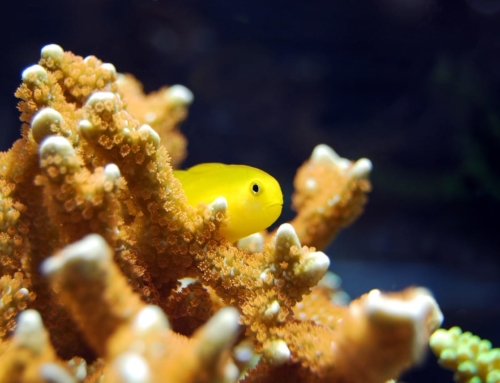Fish acclimation of your new inhabitant to your saltwater aquarium is one of the most important factors you need to learn and consider before starting a new saltwater aquarium.
Proper cclimation will ensure smooth transition of transfer from the bag to your aquarium.

Try to imagine that you live your entire life in a warm climate.
Then you were moved and dropped off somewhere cold, let’s say Alaska or North Pole.
Getting used to your new surrounding will be hard and your body would become stressed and you might even get sick.
It is the same idea with your saltwater fish and invertebrates.
They become stressed when they are taken from the ocean or from your local fish store to your saltwater aquarium at home.
All fish, coral and invertebrates are very sensitive to water temperature, salinity and pH.
Before going to the steps look at these factors you are acclimating for.
This will help your animal adjust to its new environment and water chemistry.
The bags may have been shipped across country or even the distance from the fish store to your home, the arrival temperature will most likely be different from the temperature in your home saltwater aquarium.
Proper acclimation procedure will take care of slowly changing the animal body temperature back to a normal temperature without stress.
This is the specific gravity in your water. When there is low salinity level, this means that your fish is receiving higher level of oxygen when they breathe.
If your salinity level then is higher than normal, your fish are prone to common ailments such as ich. Maintain a salinity level of 1.019 1.022 for fish only aquariums and 1.025 1.028 if you have corals and/or clams.
Reef system requires higher salinity for optimum growth and color of the corals.
Keep your pH level to 8.2 8.4. Water change and using pH buffer will help maintain this level.
When your fish releases ammonia, this will cause the pH in the saltwater in the bag to drop. Slow acclimation brings back to a normal pH level.
After you’ve checked that all of the above are in order, you can now move on to our helpful guide on fish acclimation.
We have 2 guides for you. See below.
Return from Fish Acclimation Procedure to Main Page




